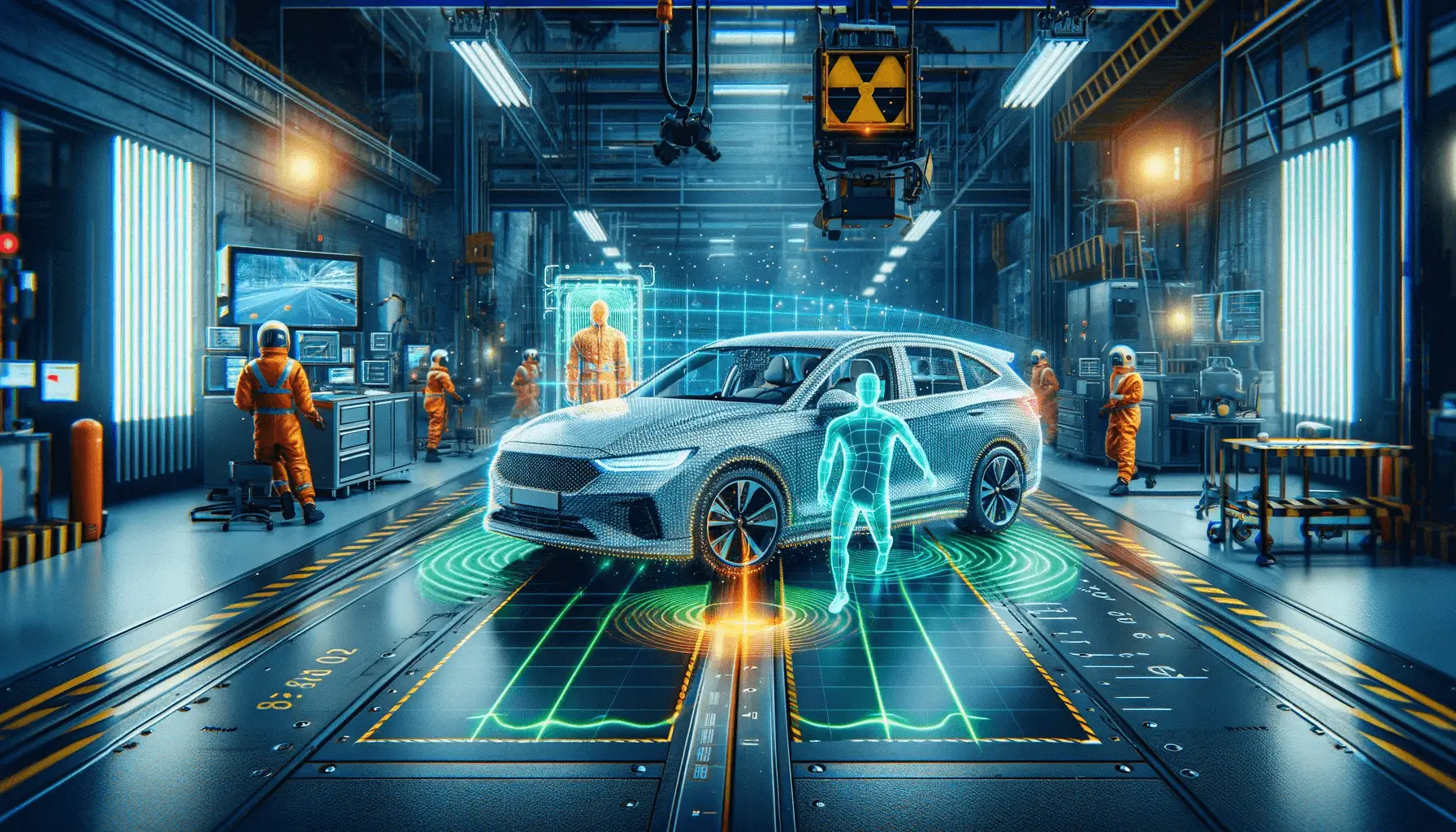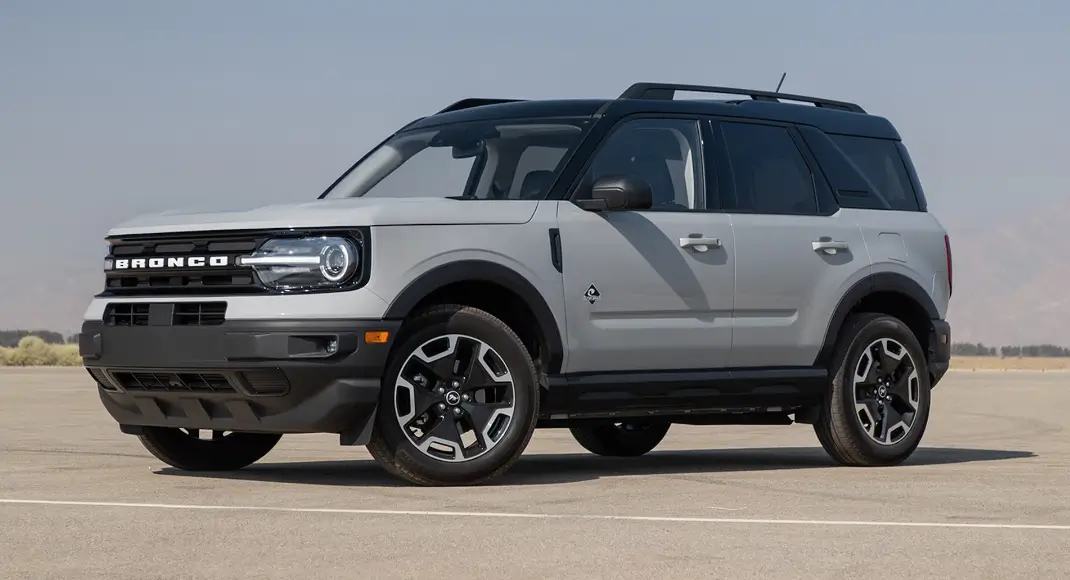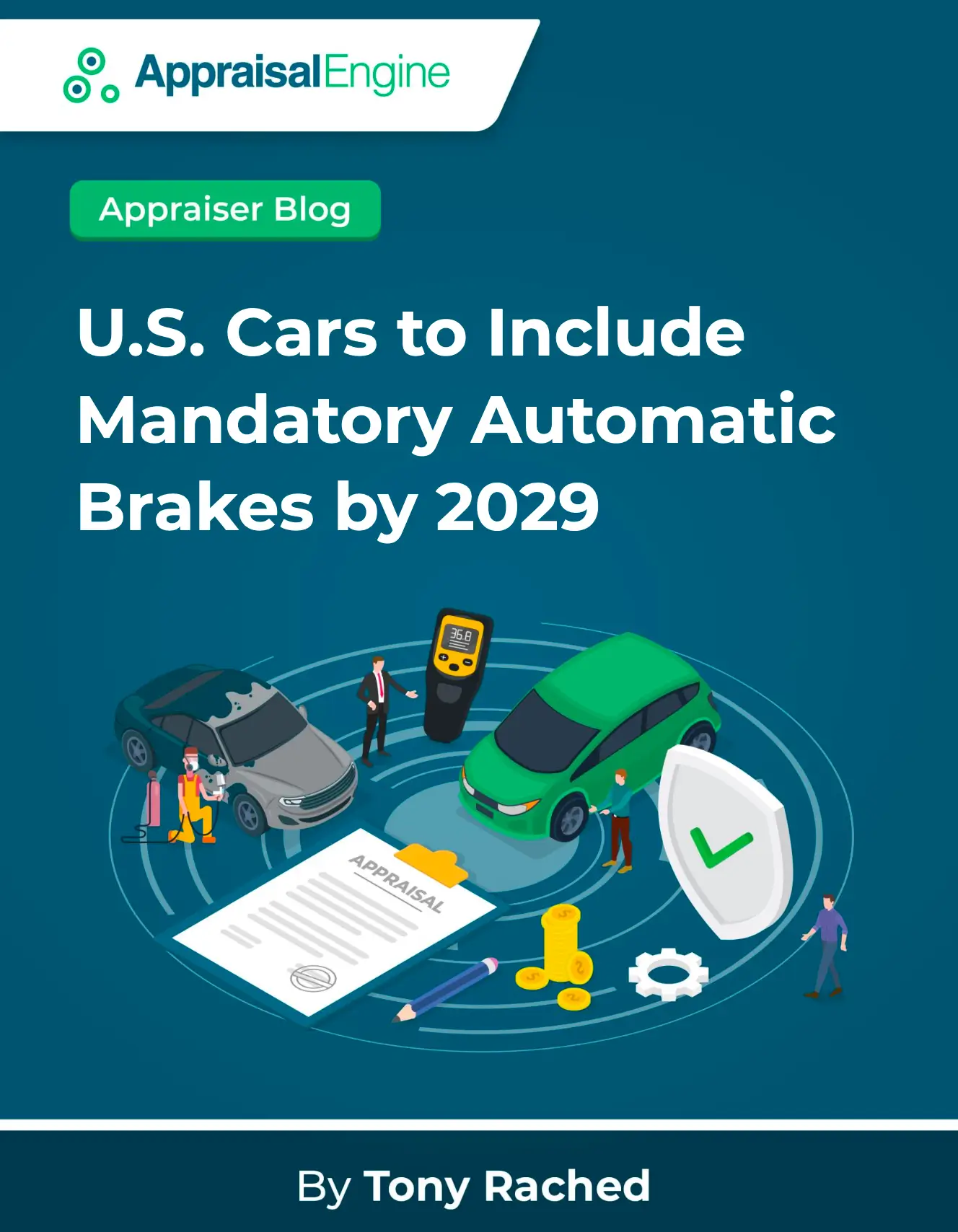In an era where automotive safety is more crucial than ever, the Insurance Institute for Highway Safety (IIHS) has taken a significant leap forward. The organization, renowned for its rigorous testing procedures, has revamped its criteria to zero in on the safety of pedestrians and those seated in the back of vehicles. This move comes at a time when pedestrian fatalities are at their highest since the early ’80s, and the importance of rear passenger safety is becoming increasingly apparent. With 71 vehicles clinching awards under the new, tougher conditions—an increase of 23 from the previous year—it’s clear that automakers are rising to the challenge. But what does this mean for you, the consumer, and the broader landscape of vehicle safety? Let’s delve into the nuances of these changes and uncover the implications for our roads and our loved ones.

The Best Cars of 2024 for Pedestrian Safety (PDF)
Pedestrian Safety Takes Center Stage
The IIHS has introduced a novel approach to assessing pedestrian crash prevention. By amalgamating daytime and nighttime tests into a single evaluation, the new protocol underscores the importance of vehicles being able to detect and avoid pedestrians under all conditions. This change is critical, considering that while most pedestrian accidents occur during the day, a staggering three-quarters of fatal incidents happen at night. Vehicles must now achieve an “Advanced” or “Superior” rating to qualify for either the Top Safety Pick or Top Safety Pick+ awards, signaling a no-compromise stance on pedestrian safety.
Enhancements in Rear Passenger Safety
Rear passenger safety has also received a significant boost. In the moderate overlap front test—a staple of IIHS assessments—a third dummy has been added behind the driver. This addition ensures that the safety of back-seat occupants is not an afterthought, requiring a “Good” rating that takes into account the well-being of an additional passenger. This move is a game-changer, reflecting a holistic view of vehicle safety that extends beyond the driver and front passenger.
Raising the Bar for Side-Impact Protection
The IIHS has also upped the ante with its side-impact test. Introduced last year, this test uses a heavier ram vehicle to more accurately replicate collisions with modern, heavier vehicles. Automakers now need to secure a “Good” rating—up from the previous “Acceptable”—to be in the running for the Top Safety Pick award, underscoring the increasing importance of side-impact protection.
The Winners Under the New Regime
Despite the stringent new criteria, a diverse range of vehicles has managed to earn the coveted Top Safety Pick and Top Safety Pick+ awards. From compact cars like the Hyundai Elantra and the Subaru Impreza to large luxury SUVs like the Audi Q7 and the Rivian R1S, the list of winners is both impressive and indicative of the industry’s commitment to safety. Notably, the Toyota Prius, Genesis Electrified G80, and the Tesla Model Y are among the models that have set the safety benchmark, showcasing the advancements across different segments and powertrains.
| Category | Models |
|---|---|
| Small Cars | Acura Integra, Mazda 3, Toyota Prius |
| Midsize Cars | Honda Accord, Hyundai Ioniq 6 |
| Large Luxury Cars | Genesis Electrified G80 |
| Small SUVs | Genesis GV60, Honda HR-V |
| Midsize Luxury SUVs | Acura MDX, BMW X3, Tesla Model Y |
Conclusion: A Safer Future on the Horizon
The IIHS’s updated testing criteria represent a significant stride towards a safer automotive future, especially for pedestrians and rear passengers. By challenging automakers to meet higher safety standards, the organization is not only promoting the development of advanced safety technologies but also ensuring that these innovations benefit all road users. As more vehicles meet and exceed these rigorous standards, we can look forward to a future where the roads are safer for everyone.
In embracing these changes, the automotive industry has shown a commendable commitment to safety, leading to a notable increase in vehicles that not only protect those within but also those outside of the vehicle. As consumers, it’s reassuring to know that the vehicles we choose are becoming safer, not just for us, but for our families and the communities we drive in. The journey towards zero fatalities on the road is long, but with each innovation and improvement, we move one step closer to that ultimate goal.




